Are e-scooters the future of urban mobility or just another headache for city dwellers? As Austin struggles with the e-scooter surge, it’s clear that the rest of us should pay attention—whether we’re dodging them on sidewalks or pondering their presence in our own cities.
A Speedy Solution or a Swift Problem?
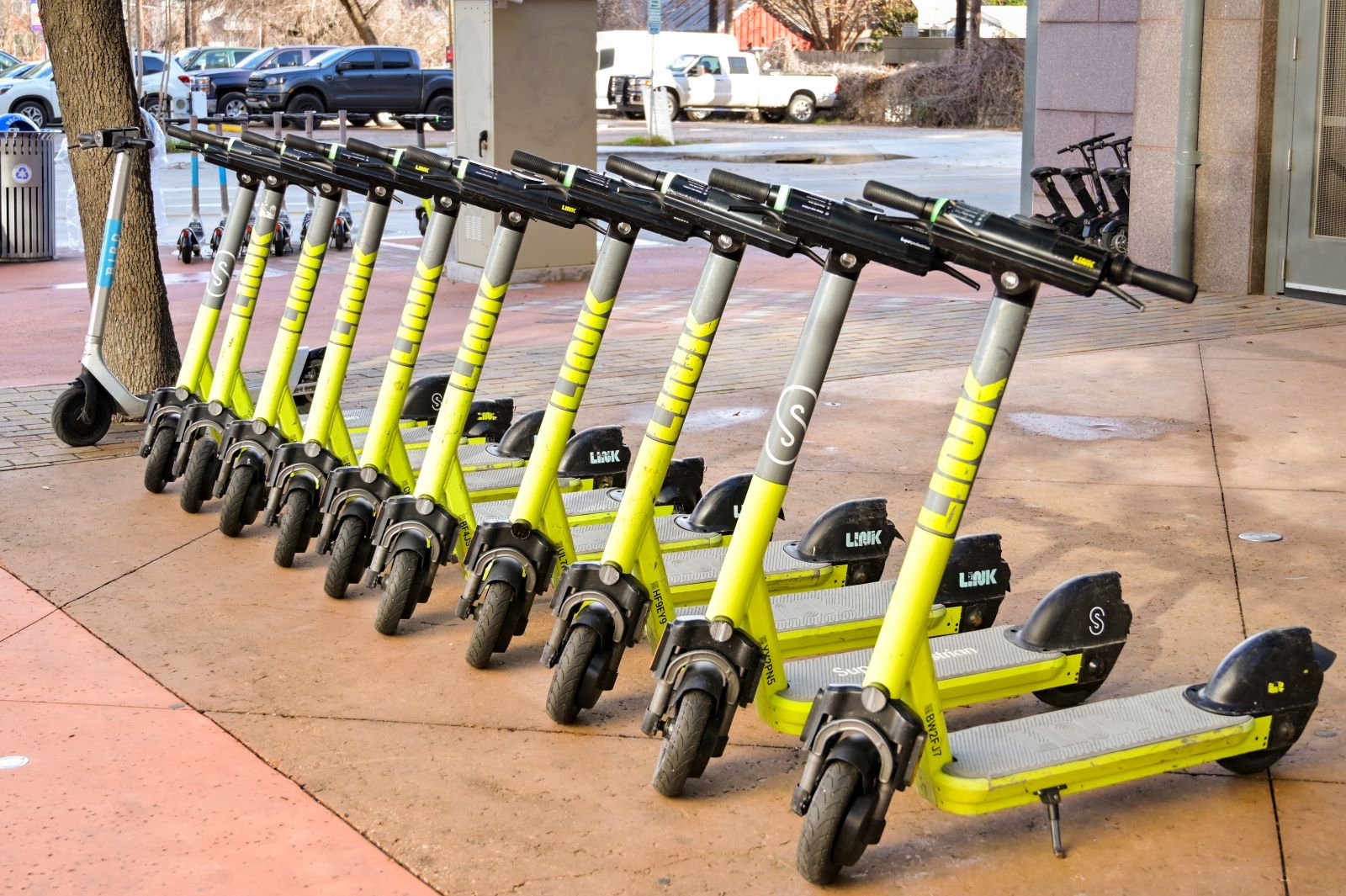
Austin’s e-scooter scene is a microcosm of a much larger debate: are these devices an urban miracle or just a new nuisance? The city’s once-clear trails and sidewalks now resemble obstacle courses. Peggy Diehl, a frequent Austin Trail visitor, voices a common sentiment: “Suddenly there’s a lot of the motorized scooters out here.”
Trail Tensions Escalate
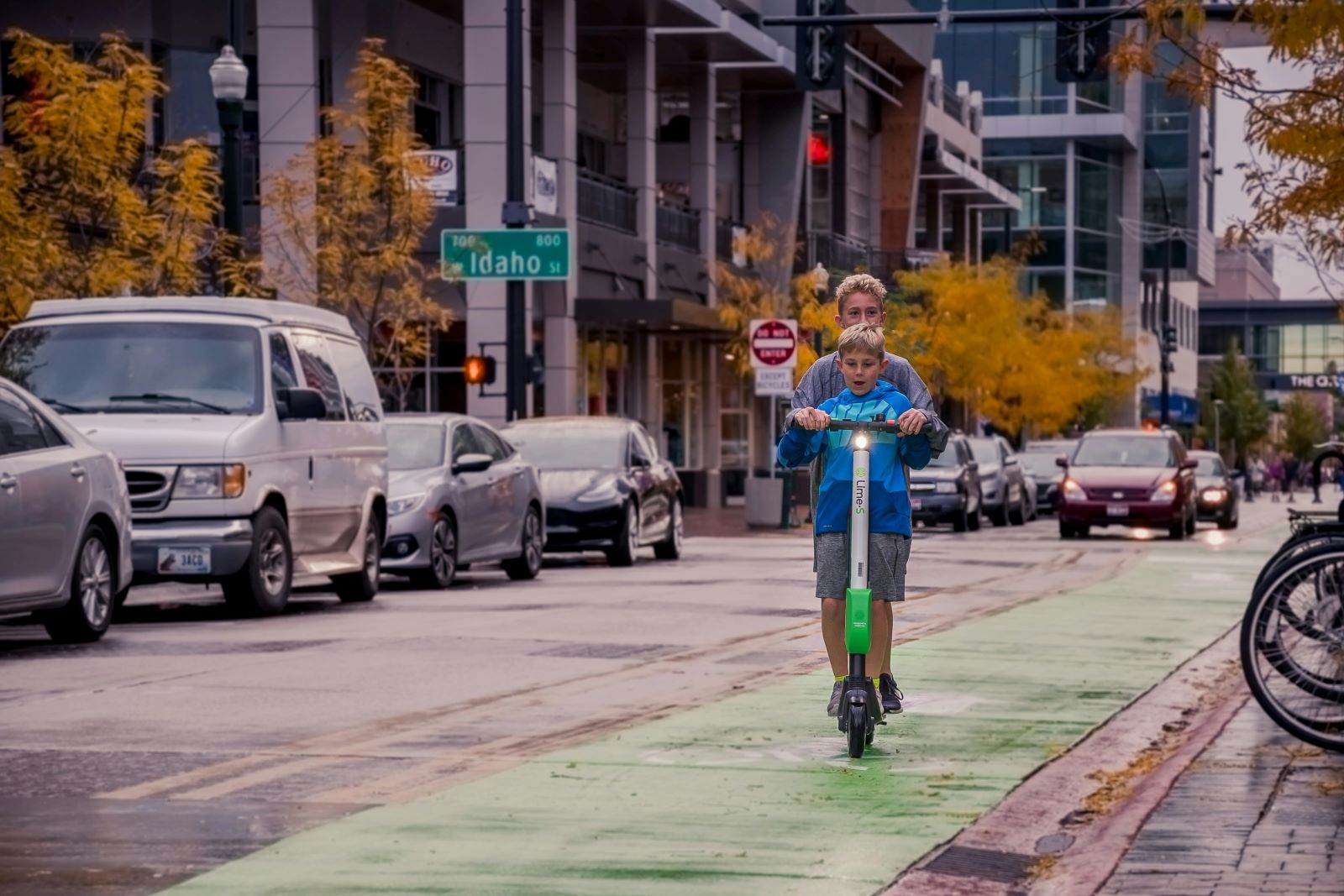
The influx of e-scooters on Austin’s trails isn’t just annoying; it’s dangerous. Families and fast-moving scooters don’t mix well, especially on crowded paths. “There’s a lot of little kids on the weekend, and the scooters can’t stop in time,” reports Diehl, painting a picture of potential chaos.
Regulatory Roadblocks and Responses
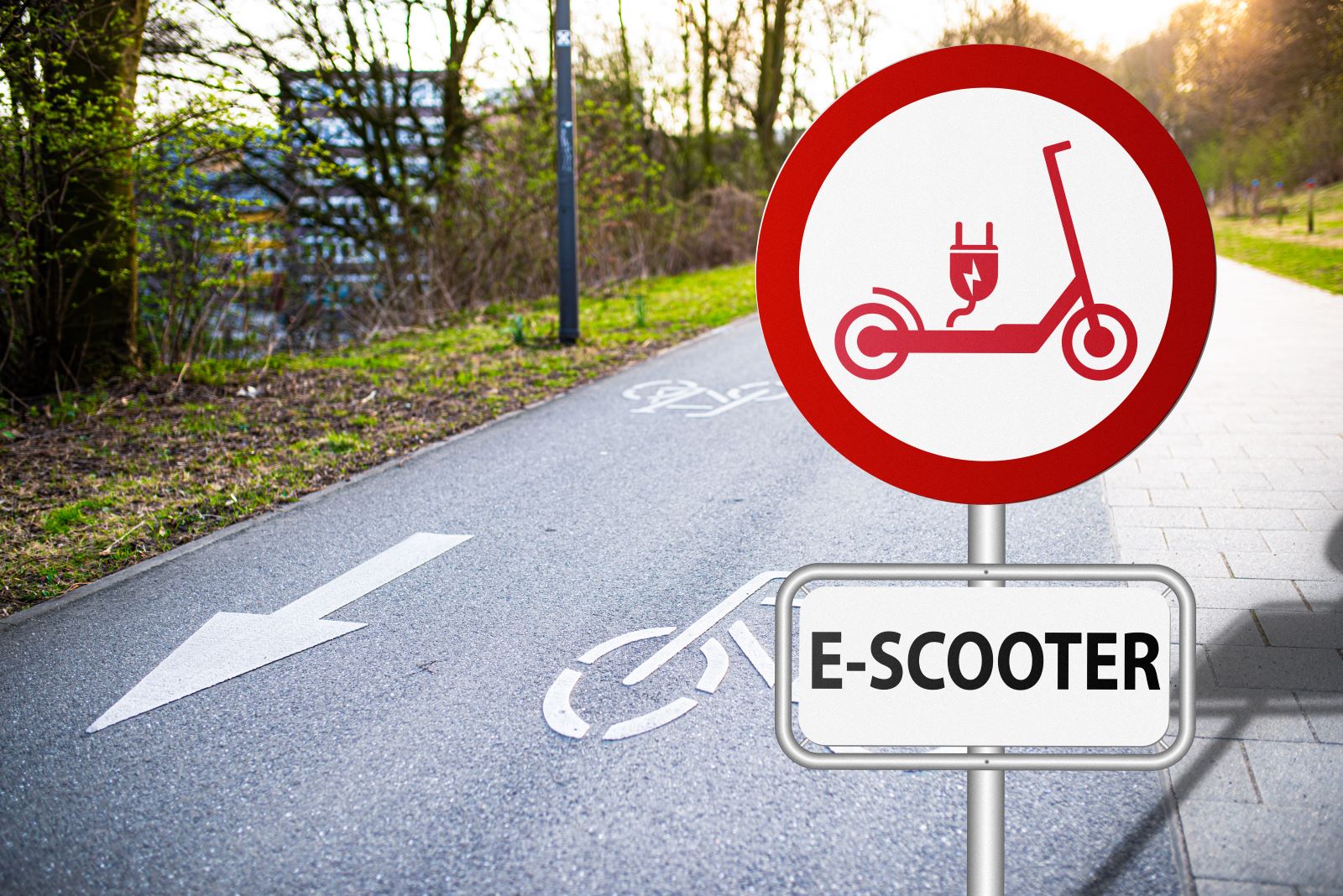
Austin was slow on the uptake, failing to communicate existing bans on motorized vehicles on recreational trails effectively. The result? Confusion and conflict, with Ricardo Soliz from Austin Parks admitting, “We’re behind the issue at this point.”
Safety Statistics Speak Volumes

With 50 e-scooter-related injuries reported weekly in late 2018, including severe head traumas and bone fractures, the so-called convenience begins to lose its charm. Dana Thomas, a nurse-in-training, highlights a grim statistic: “Nearly half of Austin’s 190 e-scooter-related injuries involved head trauma.”
Environmental and Urban Impacts
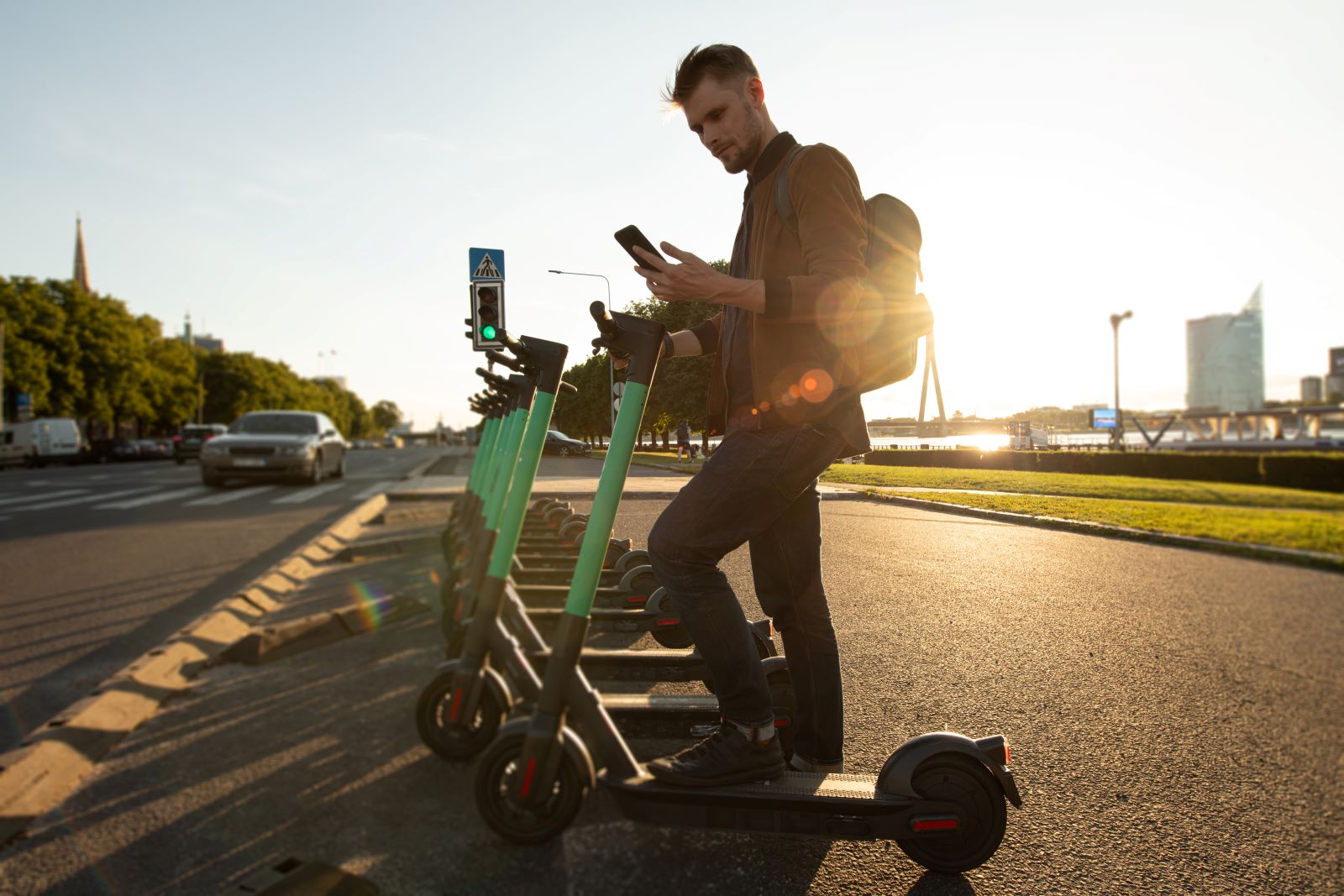
Think e-scooters are green? Think again. Their environmental impact is dubious at best, with short lifespans and the problematic disposal of lithium batteries. Plus, they clutter up the cityscape, impeding everyone from toddlers to those with disabilities.
A Call for Better Management

Austin’s struggles underline a broader truth: without effective management, e-scooters can turn from a green dream into an urban nightmare. The city’s cleanup of scooters from waterways cost thousands, a hard pill to swallow for taxpayers and environmentalists alike.
Public Perception and Policy Potential

As other cities watch Austin’s trials, the lesson is clear: preemptive action is better than reactive chaos. The potential for stricter regulations—or outright bans—is on the table, driven by the need for safety and order.
Community Cooperation Key

But it’s not all doom and gloom. According to local trail user Steve Maddox, cooperation could pave the way forward: “Austin’s a great place and let’s try to just work together to respect each other’s space.” It’s a nice thought—if only everyone played by the rules.
Will Austin Navigate Through the Chaos?
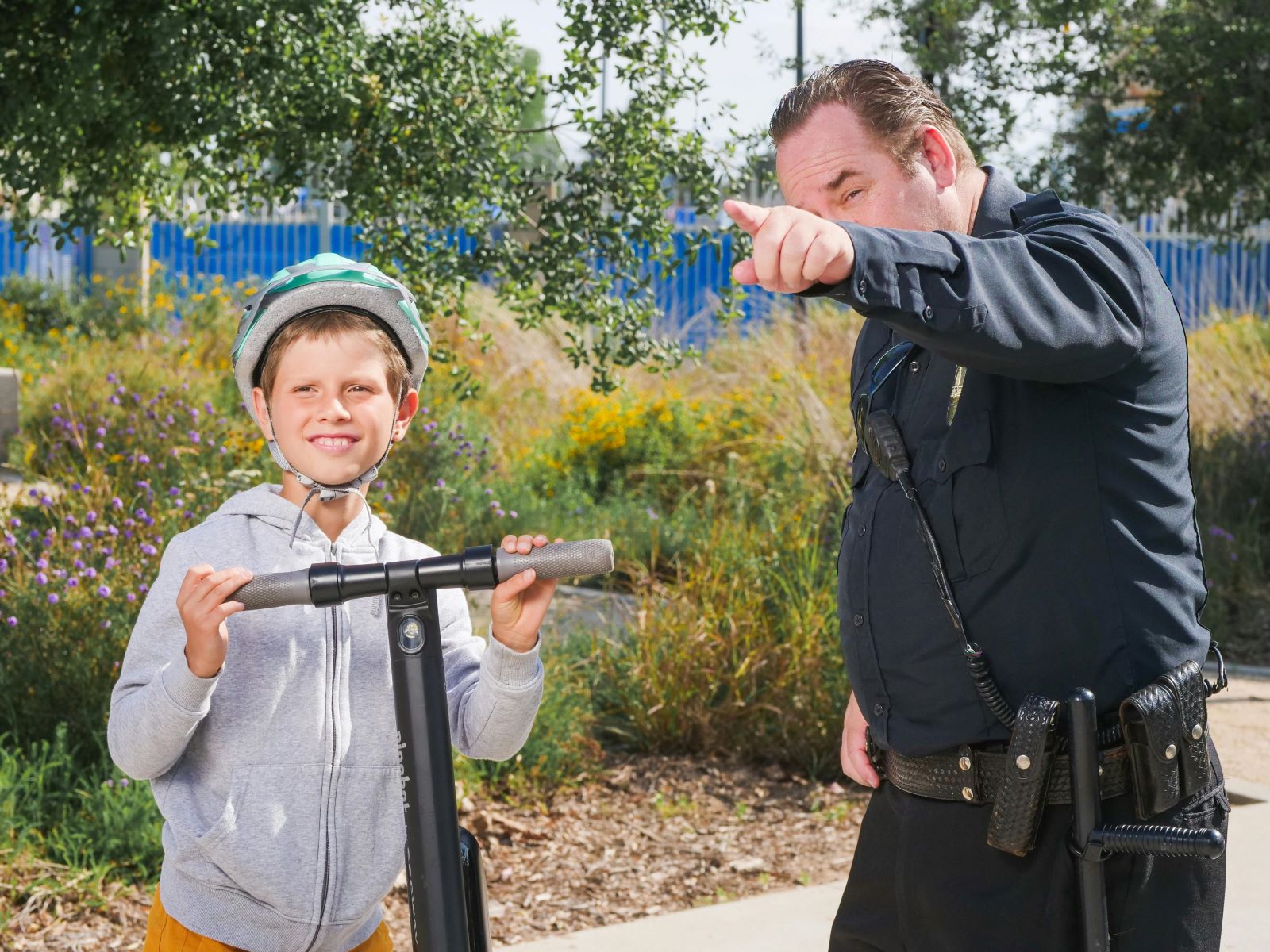
The ongoing e-scooter saga in Austin serves as a cautionary tale for cities worldwide. Can the benefits of quick, easy transport be balanced against the costs of increased accidents and urban clutter?
The Financial Drain

Cleaning up Austin’s e-scooter mess isn’t cheap. Early 2020 estimates pegged the cost of studying environmental impacts alone at around $500,000. That’s a hefty price tag for managing what was supposed to be a cost-effective transport solution.
Legal Loopholes and Litigations

As lawsuits loom and regulations tighten, e-scooter companies find themselves in a legal quagmire. The freedom to ride is clashing with public safety and city ordinances, leading to a complex legal landscape that could redefine urban transport.
Insurance Woes

With injuries on the rise, insurance companies are grappling with new policies for e-scooter accidents. This legal gray area complicates matters for riders and victims alike, often leaving the injured without recourse.
Advertising Versus Reality

E-scooter companies tout the convenience and environmental benefits, but the reality on the ground—littered sidewalks and emergency room visits—tells a different story. It’s a stark contrast that’s hard to reconcile with the glossy ads.
Not Just an Austin Problem

From Paris to Portland, e-scooters are causing headaches. Each city’s response—from embracing to banning—offers lessons in mobility management. Are e-scooters a global solution, or just a universal problem?
The Burden on Public Services

Emergency services and city maintenance crews are the unsung heroes, dealing with the aftermath of e-scooter accidents and abandoned units. The strain on these resources is a growing concern that goes largely unacknowledged by proponents of micro-mobility.
GPS and Geofencing

Some cities are turning to technology for help, using GPS tracking and geofencing to control where e-scooters can be ridden and parked. But is technology enough to rein in the chaos?
The Age of Micro-Mobility

As cities become more congested, the push for micro-mobility solutions like e-scooters grows stronger. But without proper infrastructure and regulations, this push could lead to more problems than it solves.
The Silent Majority

It’s easy to forget about those who don’t use e-scooters but suffer the consequences of their proliferation. From blocked sidewalks to noisy neighbors, the impact on the general populace is profound and often overlooked.
What’s Next for Urban Mobility?

As the novelty of e-scooters wears off, the focus shifts to sustainability and safety. Will cities learn from Austin’s missteps, or are e-scooters just another passing fad in the long search for perfect urban mobility solutions?
Millennials Are Over It: 25 Reasons Woke Culture Is Losing Its Charm

Has the push for progress tipped too far into preachiness? Here’s why many Millennials might think so. Millennials Are Over It: 25 Reasons Woke Culture Is Losing Its Charm
Is It Time Boomers Paid the Price for America’s Economic Inequality?

The American Dream feels more elusive than ever, especially for younger generations. What was once achievable through hard work now faces significant hurdles, from skyrocketing college costs to the challenging pursuit of homeownership. Here’s a look at why it’s tougher for Millennials and Gen Z compared to Baby Boomers. Is It Time Boomers Paid the Price for America’s Economic Inequality?
Rent Crash in California: Landlords Scramble as Prices Take a Hit

California’s rental market is taking a nosedive, with major cities seeing huge drops in rent prices. Rent Crash in California: Landlords Scramble as Prices Take a Hit
Featured Image Credit: Shutterstock / Matej Kastelic.
The content of this article is for informational purposes only and does not constitute or replace professional advice.
The images used are for illustrative purposes only and may not represent the actual people or places mentioned in the article.





Leave a Reply